Sweet corn, with its golden kernels and naturally sweet flavor, has become a staple ingredient in kitchens across the globe. Whether served fresh, frozen, canned, or processed into various food products, sweet corn is loved for its versatility, taste, and nutritional value. While many countries grow sweet corn, international trade ensures consumers can enjoy this vegetable year-round, regardless of season or local harvests.
A natural question arises for anyone curious about the global produce trade:
Which country is the largest importer of sweet corn in the world?
In this comprehensive article, we’ll explore the answer to that question, backed by trade data, key market trends, and factors driving international sweet corn demand.
Overview of the Global Sweet Corn Market
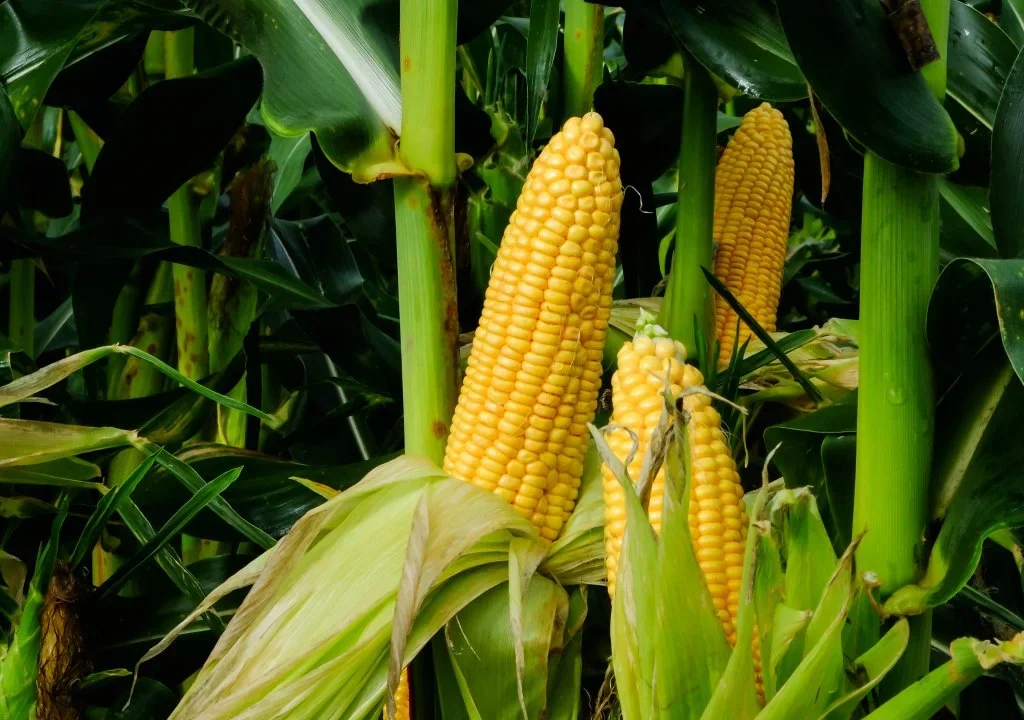
Sweet corn belongs to the maize family and is harvested when the kernels are tender and high in natural sugars. While fresh sweet corn is typically a seasonal product, modern food preservation techniques — such as freezing and canning — have made it possible to enjoy it year-round.
The global market for sweet corn includes three primary categories:
- Fresh sweet corn
- Frozen sweet corn
- Preserved (canned or bottled) sweet corn
Trade in frozen and canned sweet corn, in particular, makes up a significant portion of international commerce because of the product’s long shelf life and convenience in both domestic kitchens and the foodservice industry.
Which Country Is the Largest Sweet Corn Importer in the World?

The United States holds the title as the largest importer of sweet corn globally.
While the U.S. is also one of the world’s leading producers of field corn and sweet corn for fresh consumption, its vast food industry and year-round consumer demand require substantial imports of frozen and canned sweet corn.
Import Statistics
According to recent trade data:
- The United States imported over 35,000 metric tonnes of frozen sweet corn annually.
- In terms of value, these imports were worth approximately USD 44 million.
- The U.S. also imported significant quantities of preserved (canned) sweet corn, with total import values surpassing USD 43 million annually.
Major suppliers include:
- Canada
- Mexico
- Thailand
- Peru
- China
- Vietnam
This combination of regional and overseas suppliers ensures a steady supply of sweet corn products to meet the diverse needs of the American food industry and retail markets.
Why Does the U.S. Import So Much Sweet Corn?
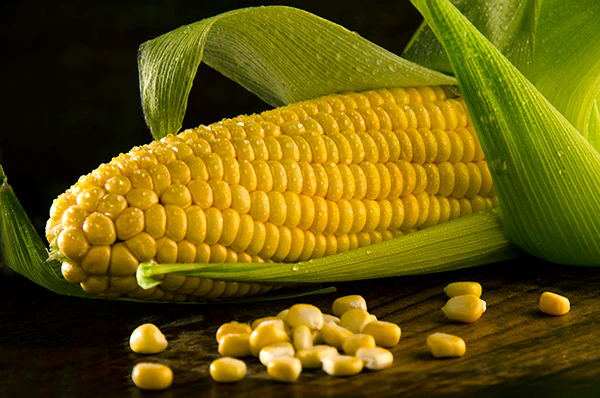
1. Year-Round Demand
Fresh sweet corn is a seasonal crop, typically harvested during summer. However, U.S. consumers and food manufacturers require a constant, year-round supply. Imports, particularly of frozen and canned sweet corn, help fill this demand during the off-season months.
2. Massive Food Processing Industry
The U.S. has one of the world’s largest food manufacturing and processing sectors. Sweet corn is used extensively in:
- Ready-made meals
- Soups and stews
- Snack foods
- Canned vegetable mixes
- Baby food products
To keep production consistent and costs manageable, U.S. food processors rely heavily on imports.
3. Popularity in Foodservice
From fast-food restaurants to fine dining establishments, sweet corn features on many menus across the U.S. Whether served as a side dish, in salads, or as an ingredient in burritos and pizzas, the foodservice industry requires a steady and reliable supply of processed corn.
4. Convenient Regional and International Sourcing
Proximity to major producers like Canada and Mexico makes imports efficient and cost-effective. Additionally, partnerships with Asian countries like Thailand, China, and Vietnam diversify the supply chain and help stabilize pricing and availability.
Top Sweet Corn Importing Countries (By Value)
While the United States leads the global market, other countries also import substantial amounts of sweet corn, especially in its frozen and canned forms.
| Rank | Country | Import Value (USD) | Main Sources |
|---|---|---|---|
| 1 | United States | $87 million+ | Canada, Thailand, Mexico, Peru |
| 2 | Germany | $158 million | Hungary, Spain, France |
| 3 | Japan | $105 million | USA, Thailand, New Zealand |
| 4 | United Kingdom | $102 million | Spain, Belgium, Hungary |
| 5 | Spain | $66 million | Hungary, France, Poland |
Source: UN Comtrade and TradeMap data
While countries like Germany, Japan, and the UK are significant importers of canned sweet corn, the United States remains unmatched in combined frozen and canned import volumes.
Global Exporters Supplying the U.S.
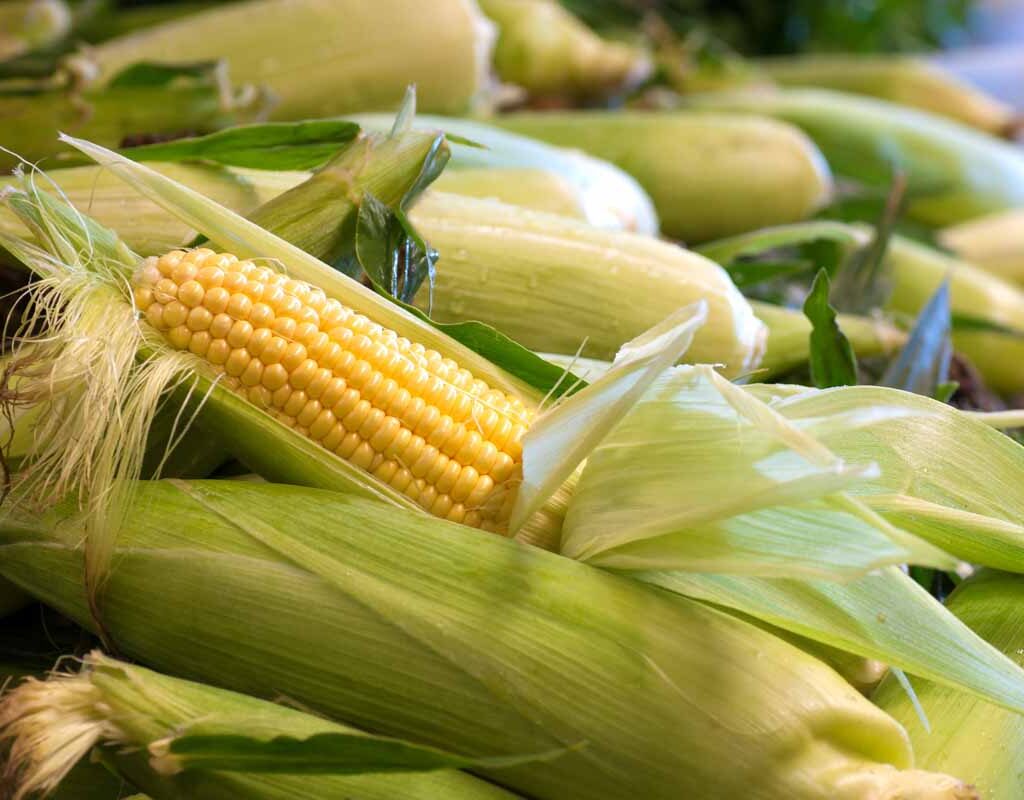
The U.S. sources sweet corn from a variety of countries:
- Canada: Primary supplier of frozen sweet corn due to proximity and established trade agreements.
- Mexico: Supplies both fresh and frozen sweet corn.
- Thailand: Major source of canned sweet corn, often for use in processed foods and retail products.
- Peru & China: Emerging suppliers for frozen and canned products.
Key Market Trends
1. Rising Demand for Convenience Foods
The growing preference for ready-to-eat meals, quick snacks, and canned vegetables continues to boost sweet corn imports.
2. Expansion of Fast-Food and Casual Dining
As fast-casual and quick-service restaurant chains expand, their demand for processed vegetables, including sweet corn, is rising.
3. Increased Focus on Plant-Based Diets
Sweet corn is often included in plant-based dishes and meat substitutes, increasing demand for imported corn varieties suitable for these applications.
4. International Supply Chain Diversification
To minimize risk and ensure stable supply, the U.S. continues to diversify its import partners, reducing dependency on any single country.
Challenges in the Sweet Corn Trade
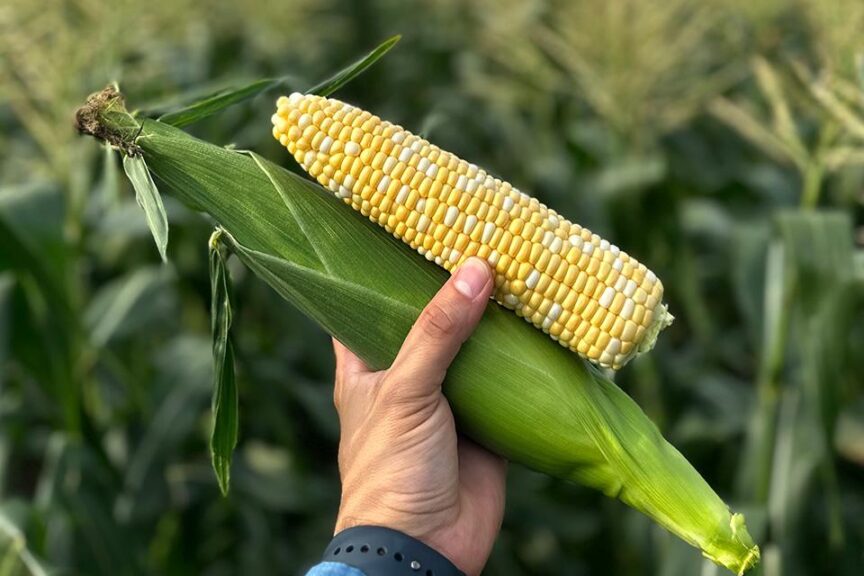
While the global sweet corn market continues to grow, it faces several challenges:
- Climate risks: Extreme weather can disrupt harvests in key producing countries.
- Trade tariffs and regulations: Shifting trade policies, like tariffs or import quotas, can impact prices and availability.
- Supply chain disruptions: Global shipping delays and increased freight costs occasionally affect sweet corn availability, particularly from distant suppliers.
Future Outlook
The future of the sweet corn import market looks promising. As consumers increasingly seek convenience and year-round availability, demand for frozen and canned sweet corn is expected to grow.
Emerging trends like health-conscious eating, plant-based diets, and premium ready-made meals will continue driving imports into the U.S.
Additionally:
- Mexico, Thailand, and Canada are expected to remain key suppliers.
- Peru and Vietnam may see growth in market share due to competitive pricing and growing production capacity.
- The U.S. may also invest in expanding its domestic processing industry for imported sweet corn.
Conclusion
To summarize:
The United States is the largest sweet corn importer in the world, importing tens of thousands of metric tonnes of frozen and canned sweet corn annually, valued at over USD 87 million combined.
This leading position is driven by:
- A massive and diverse food industry
- High year-round consumer demand
- A widespread foodservice sector
- Reliable regional and international suppliers
As global food trends shift toward convenience, health, and plant-based nutrition, the sweet corn import market is poised for sustained growth in the years ahead.

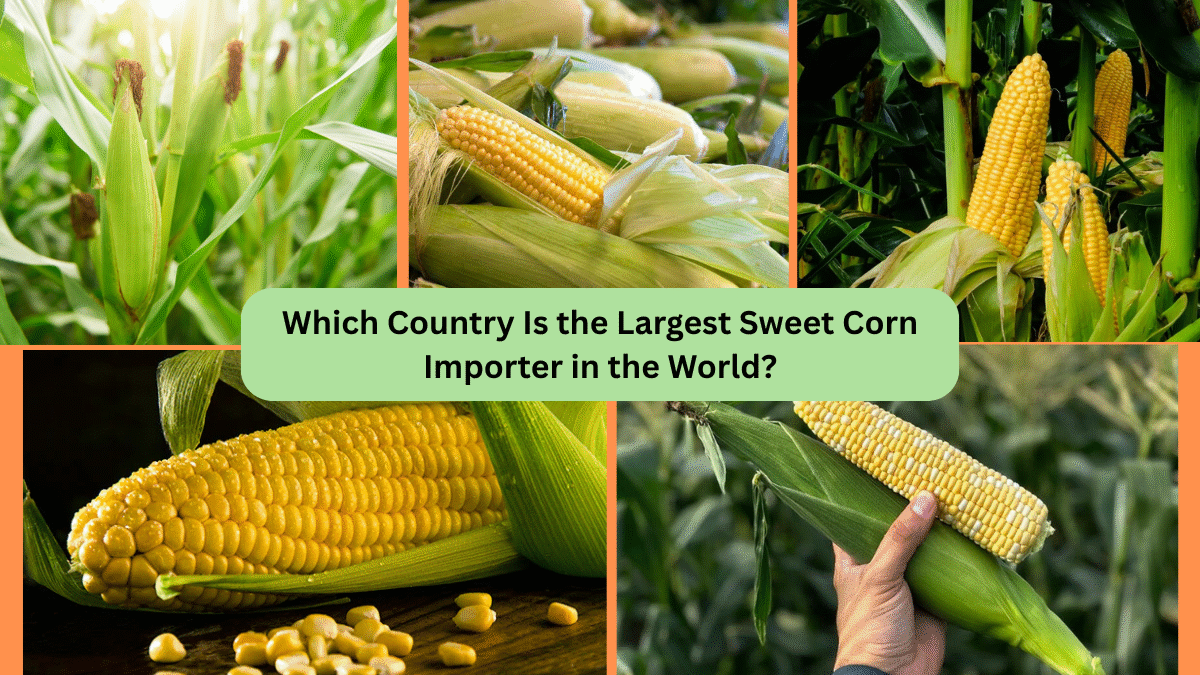



Leave A Comment